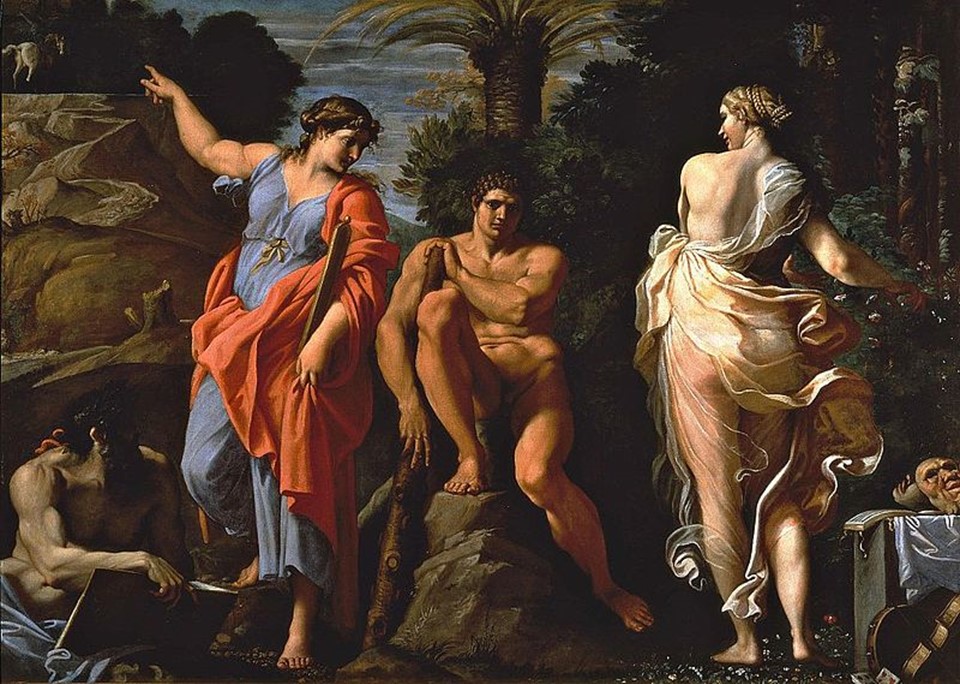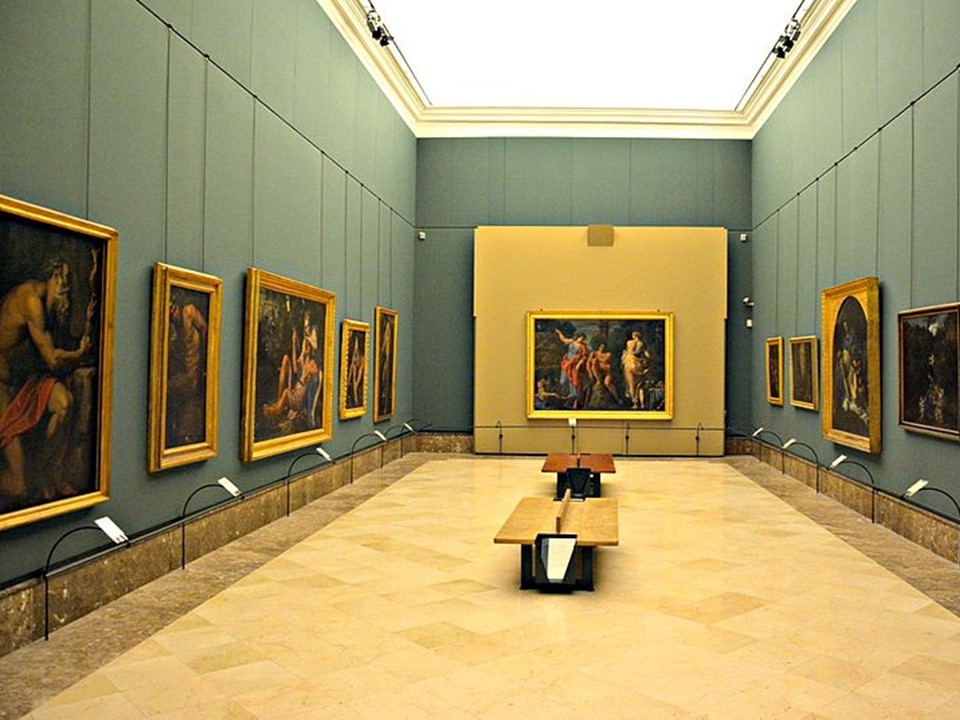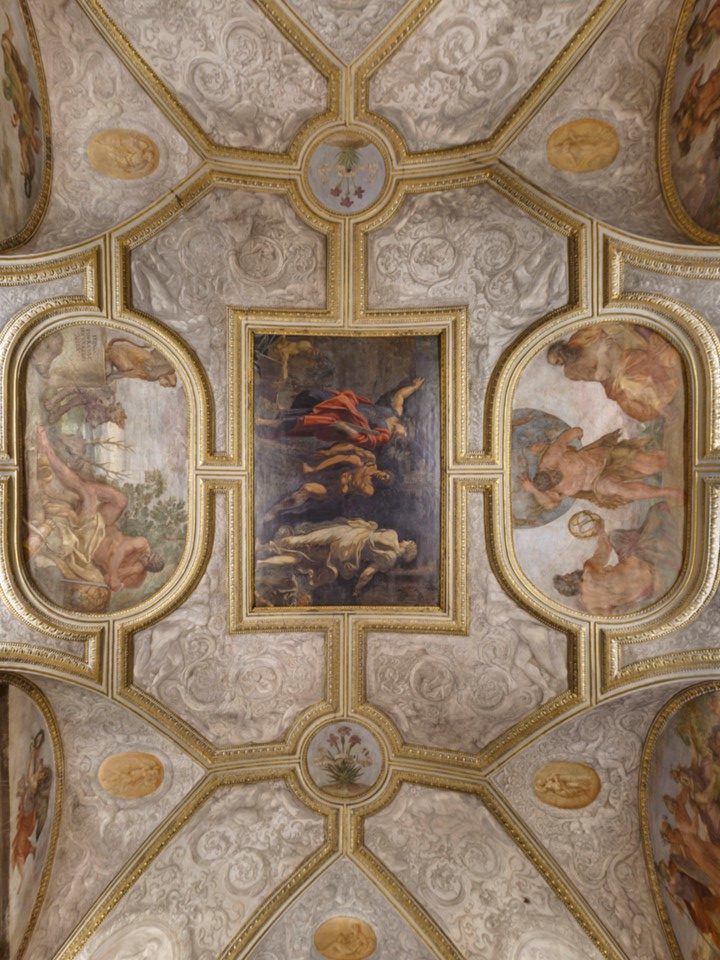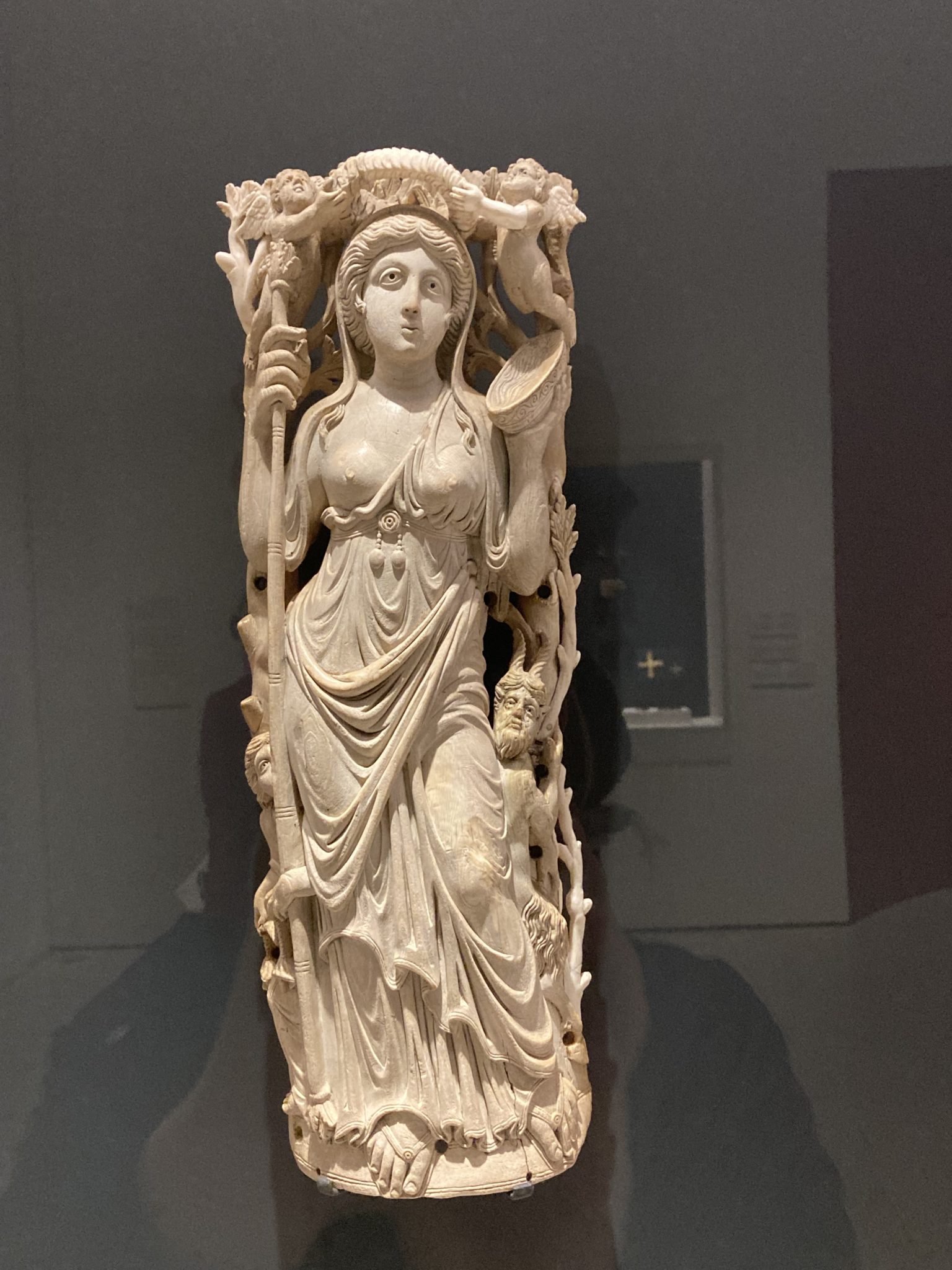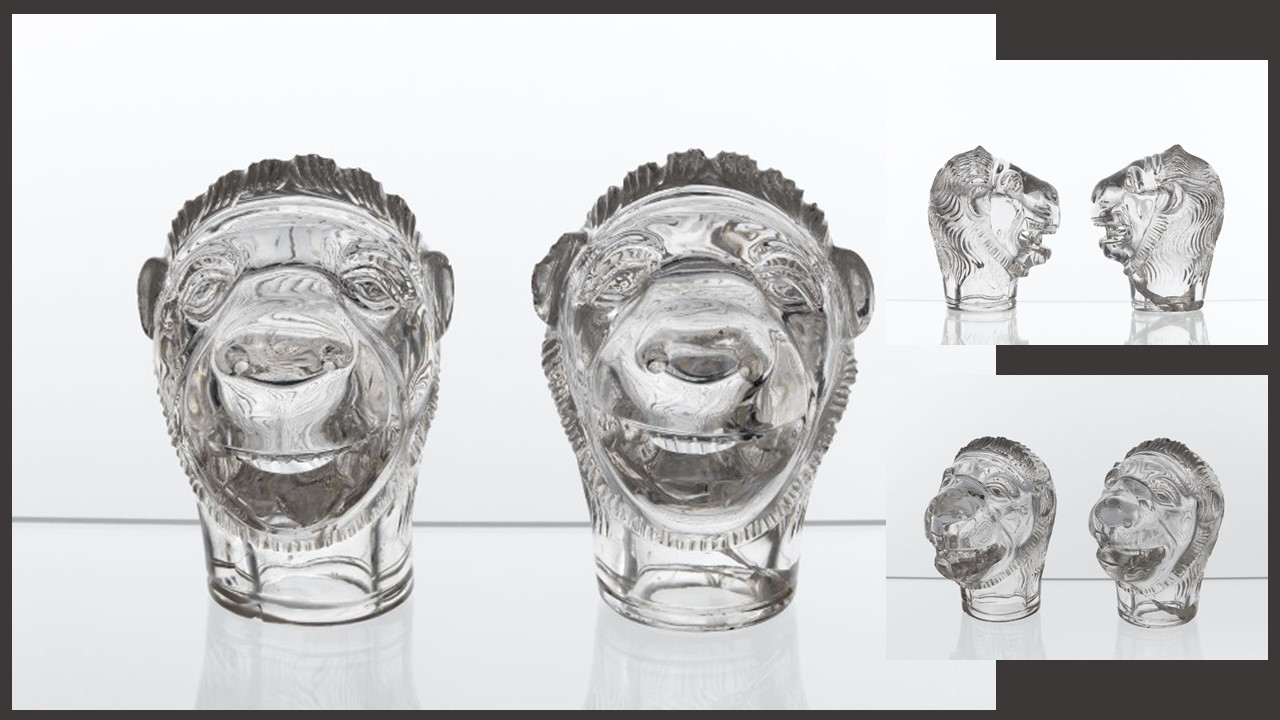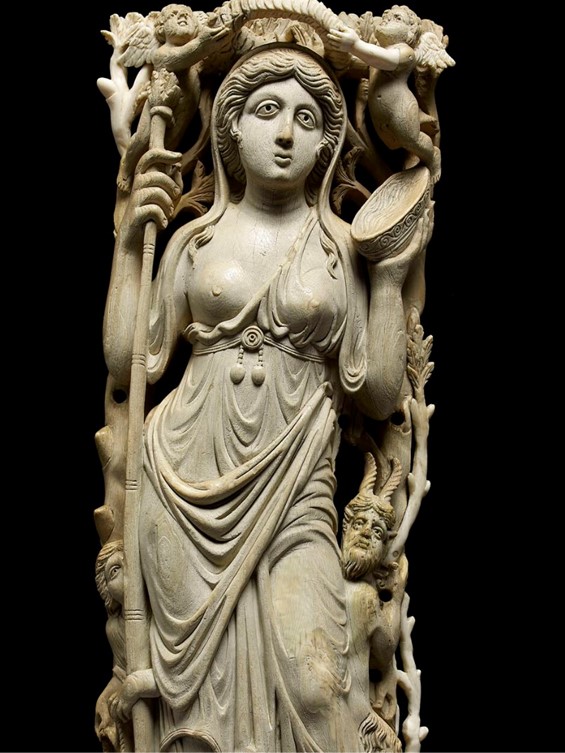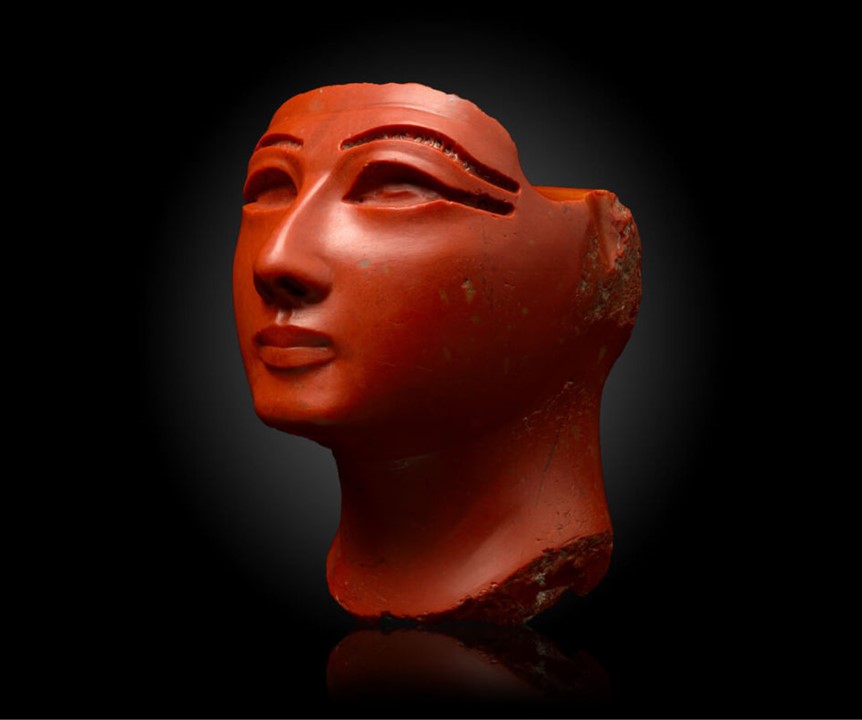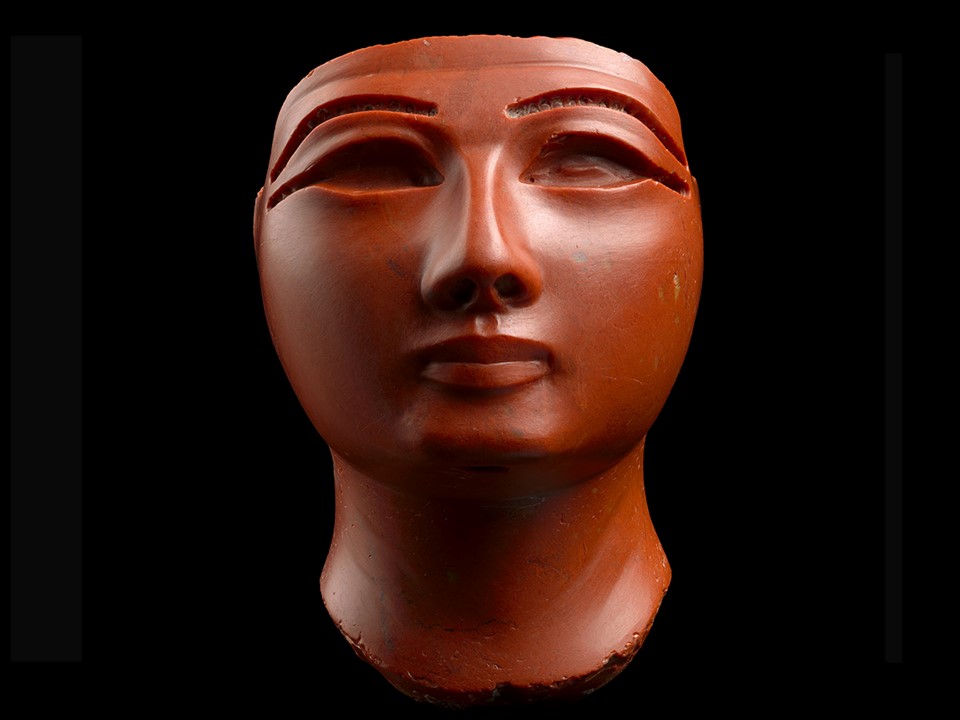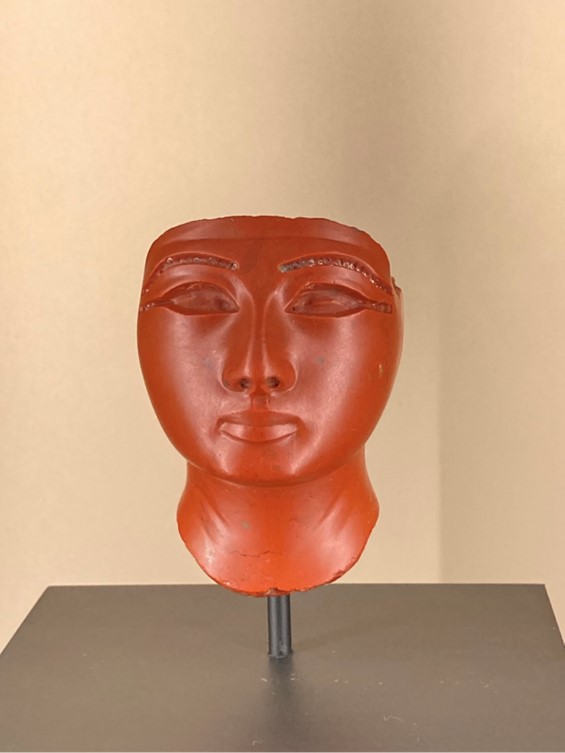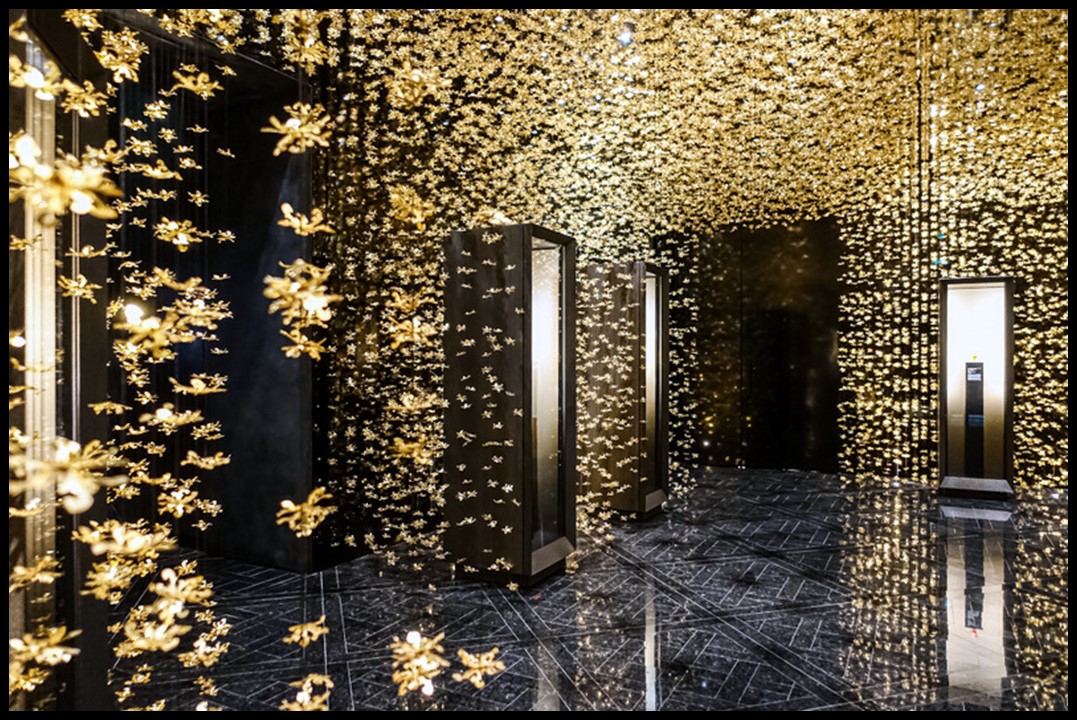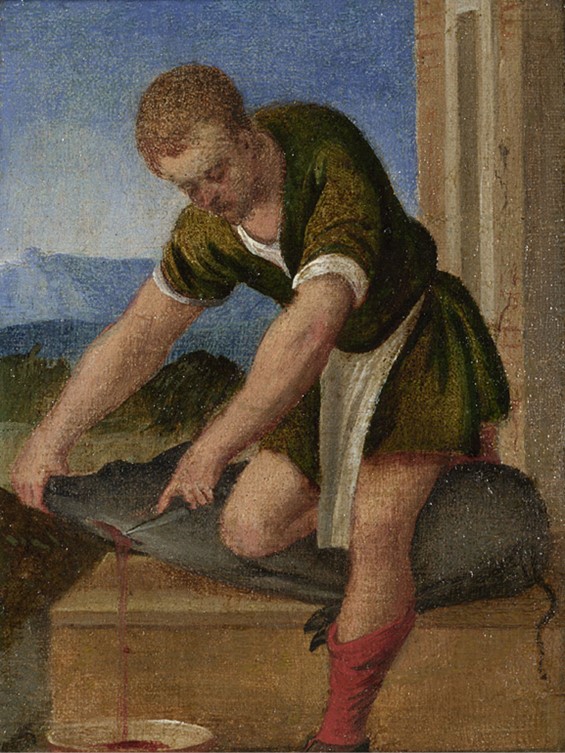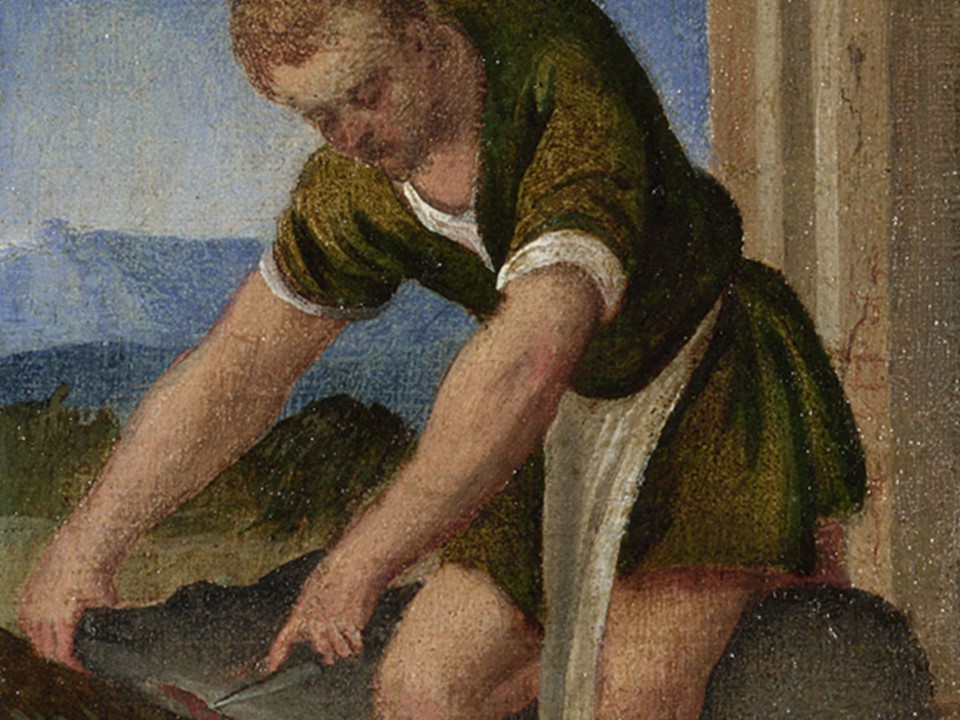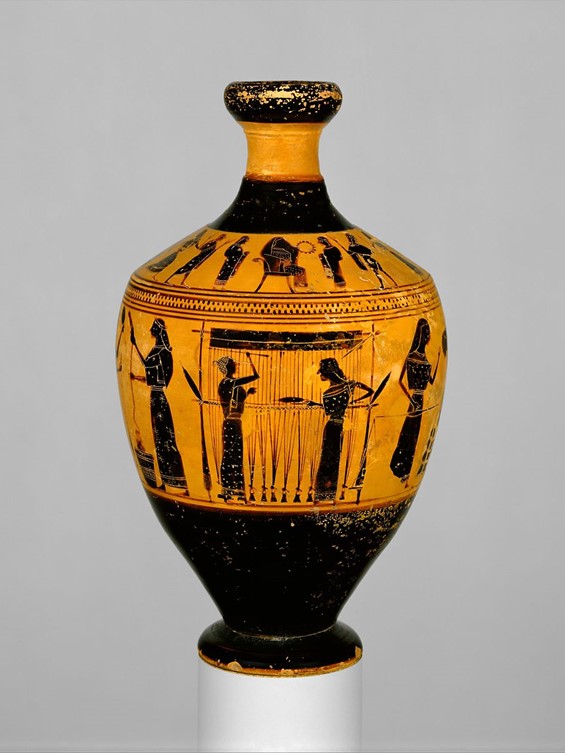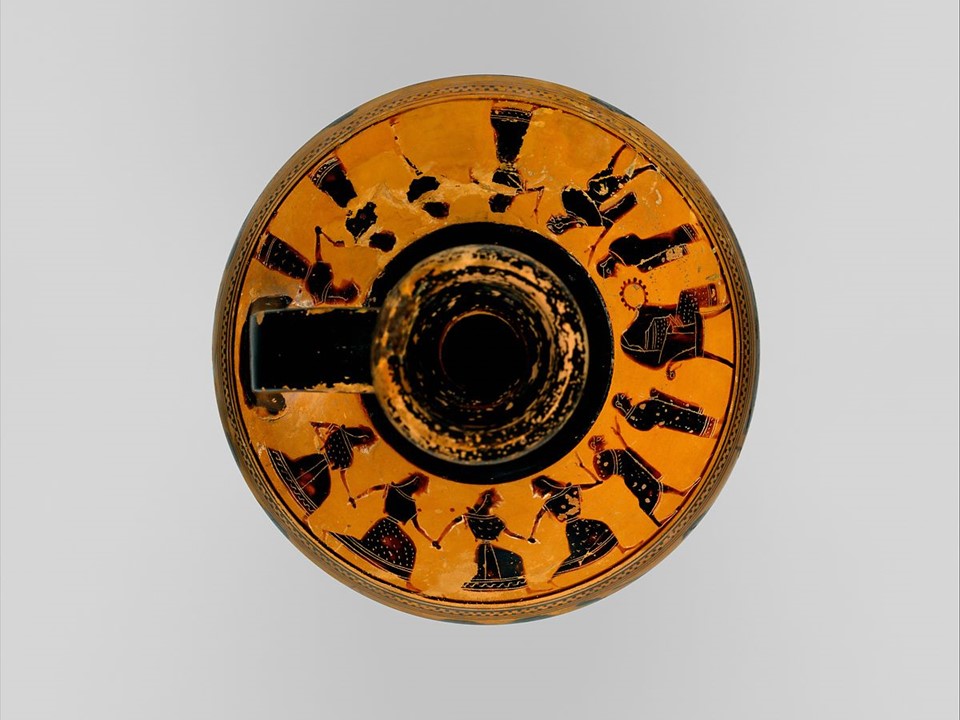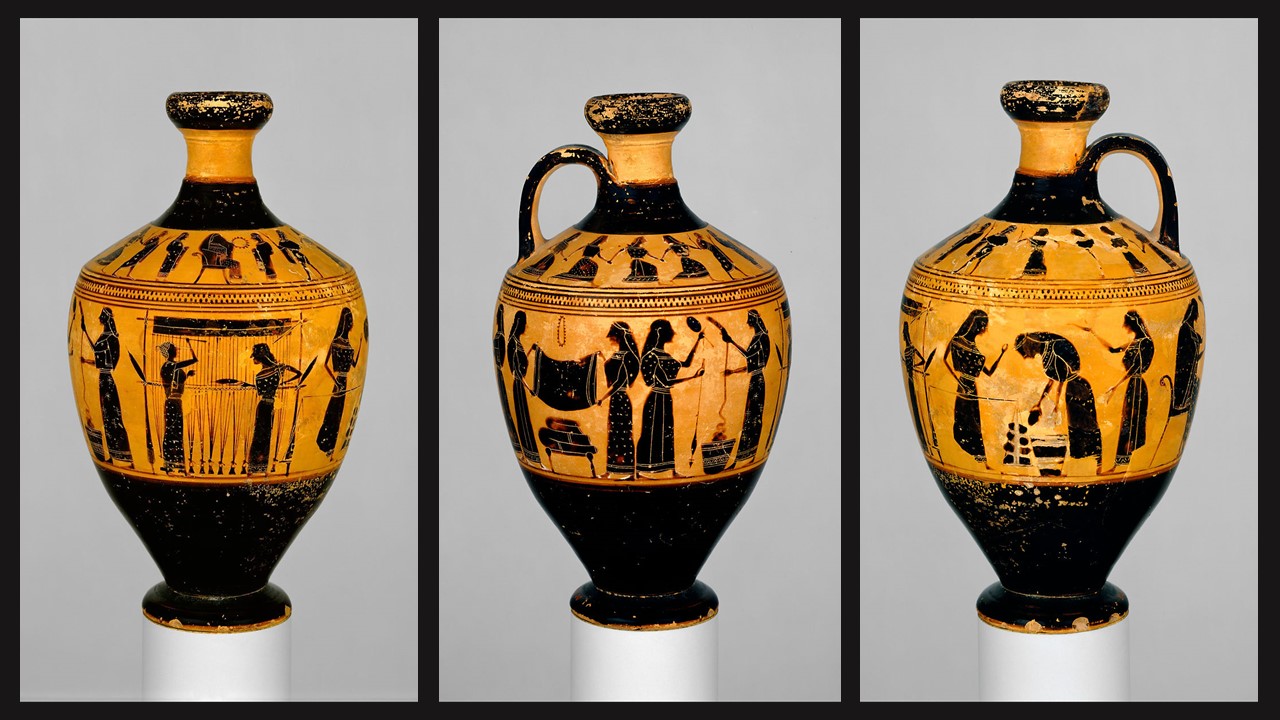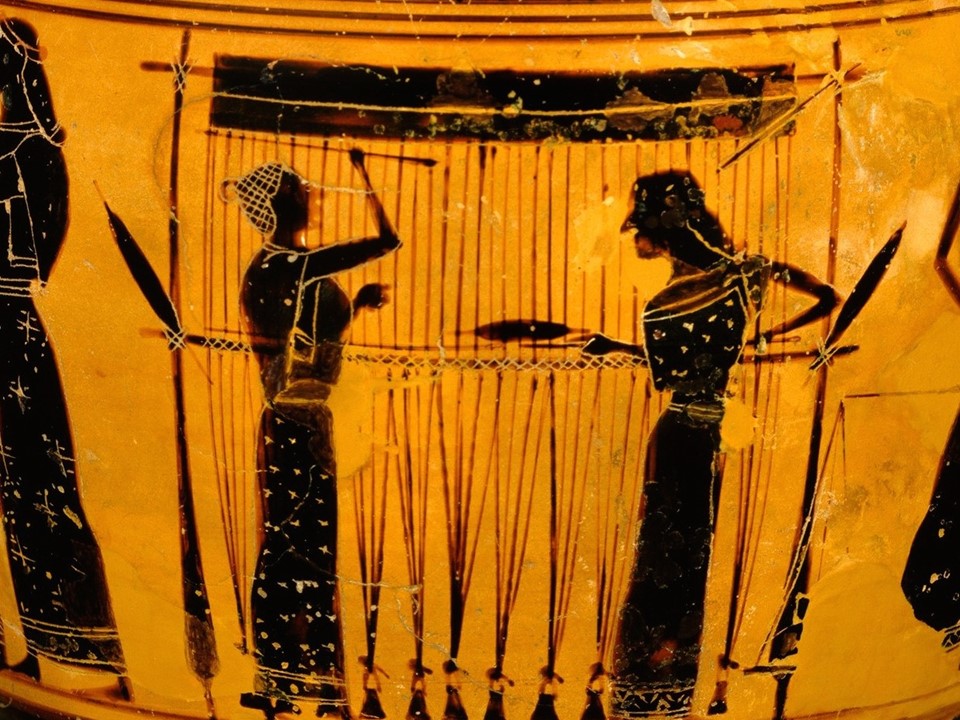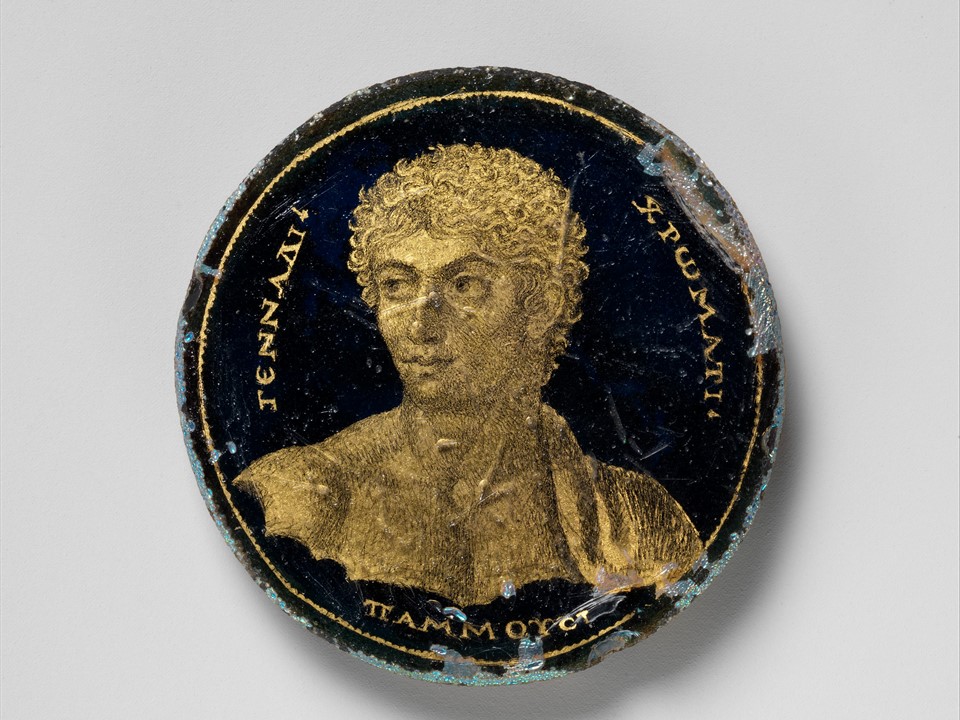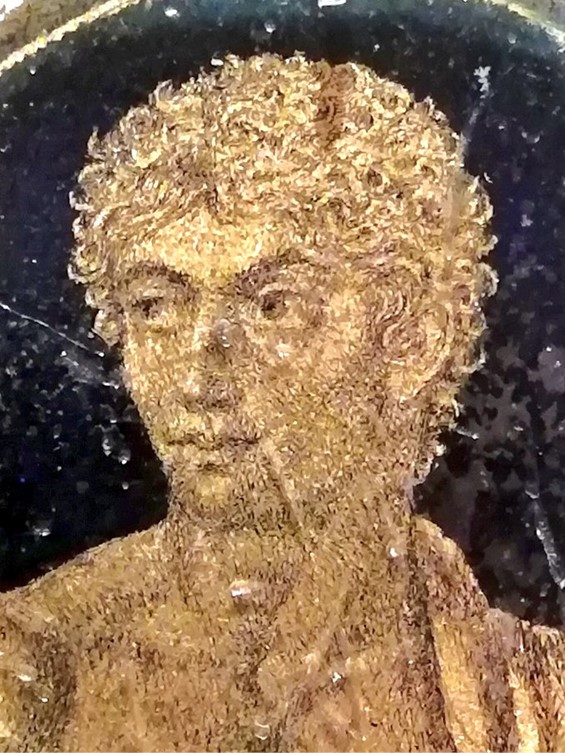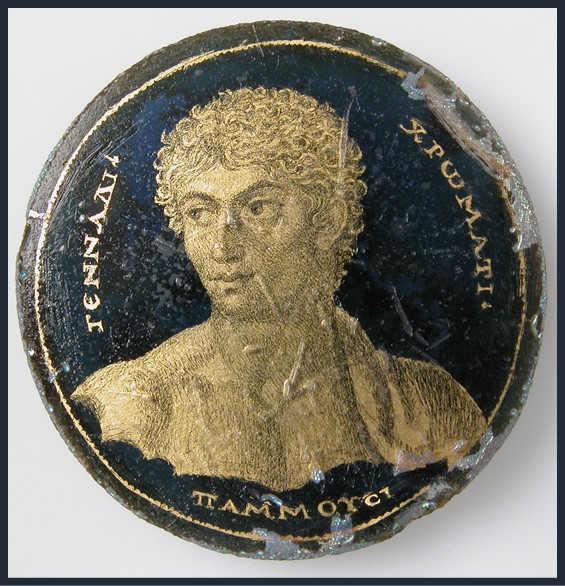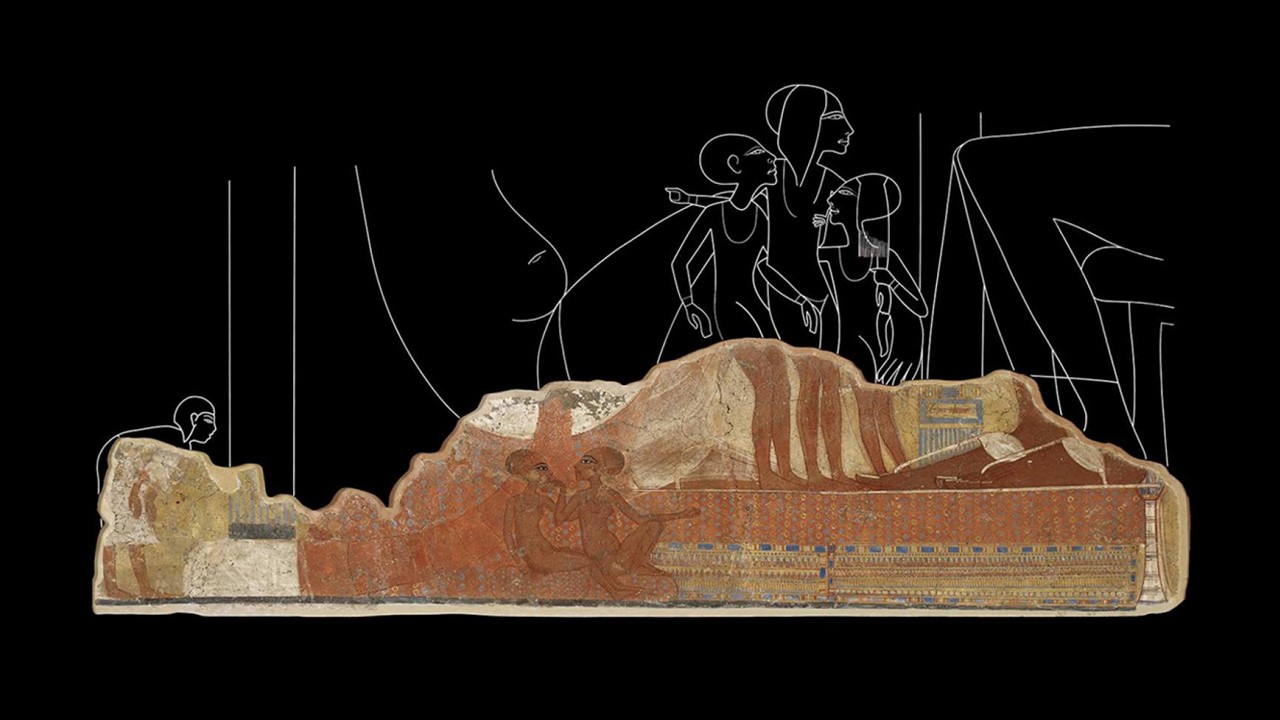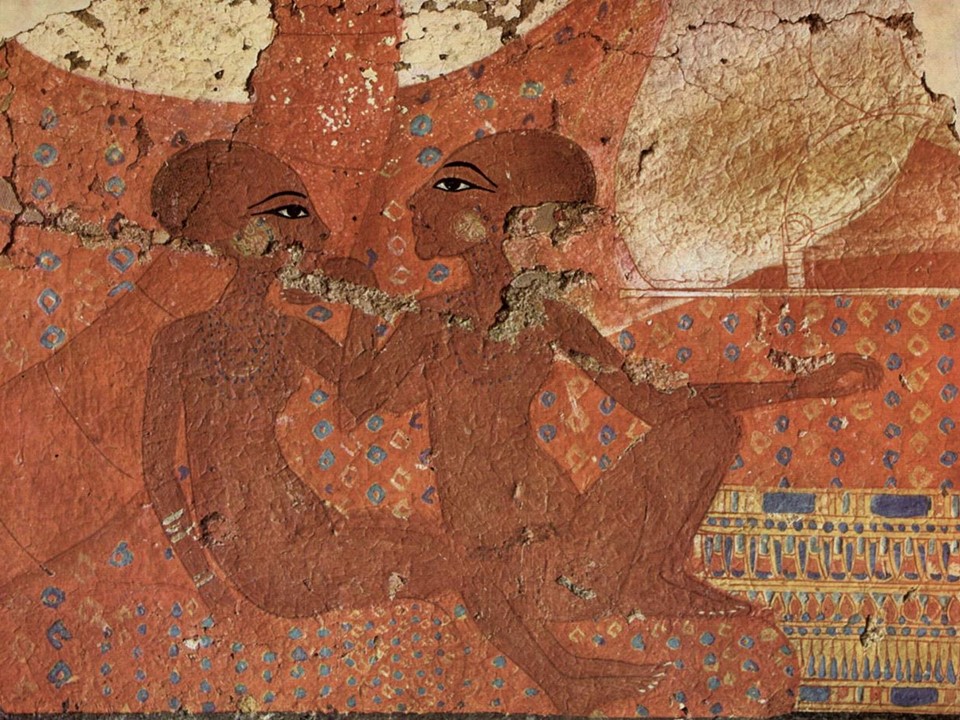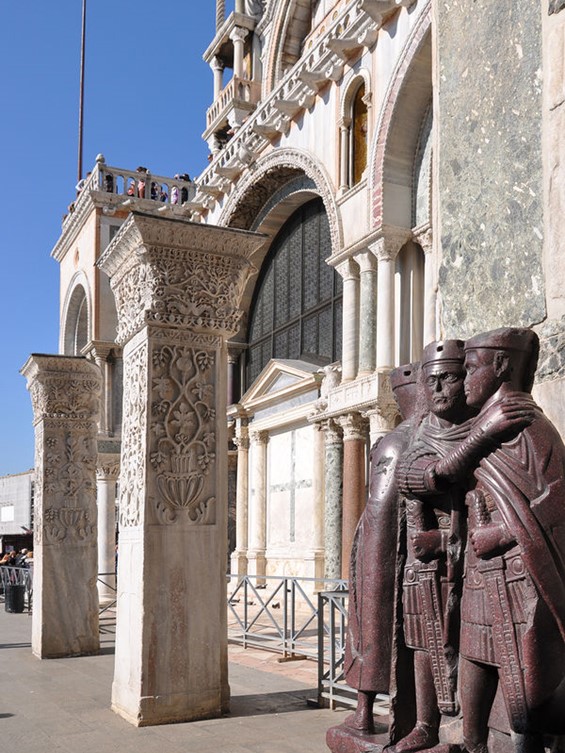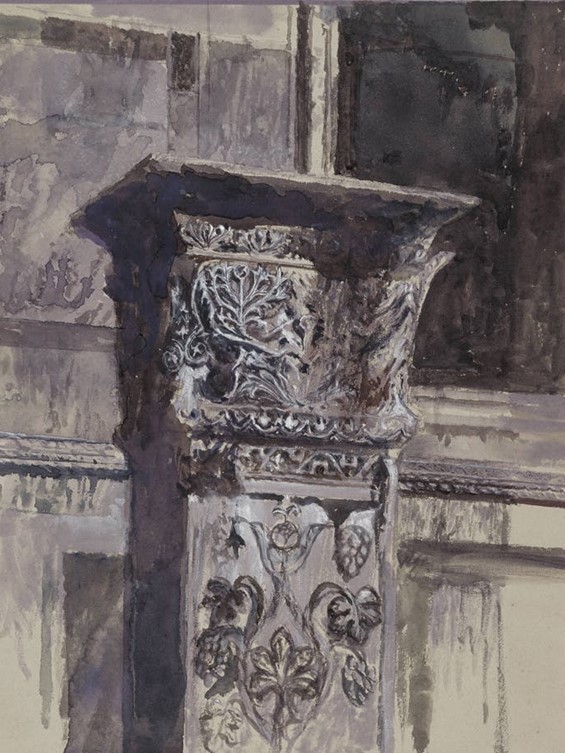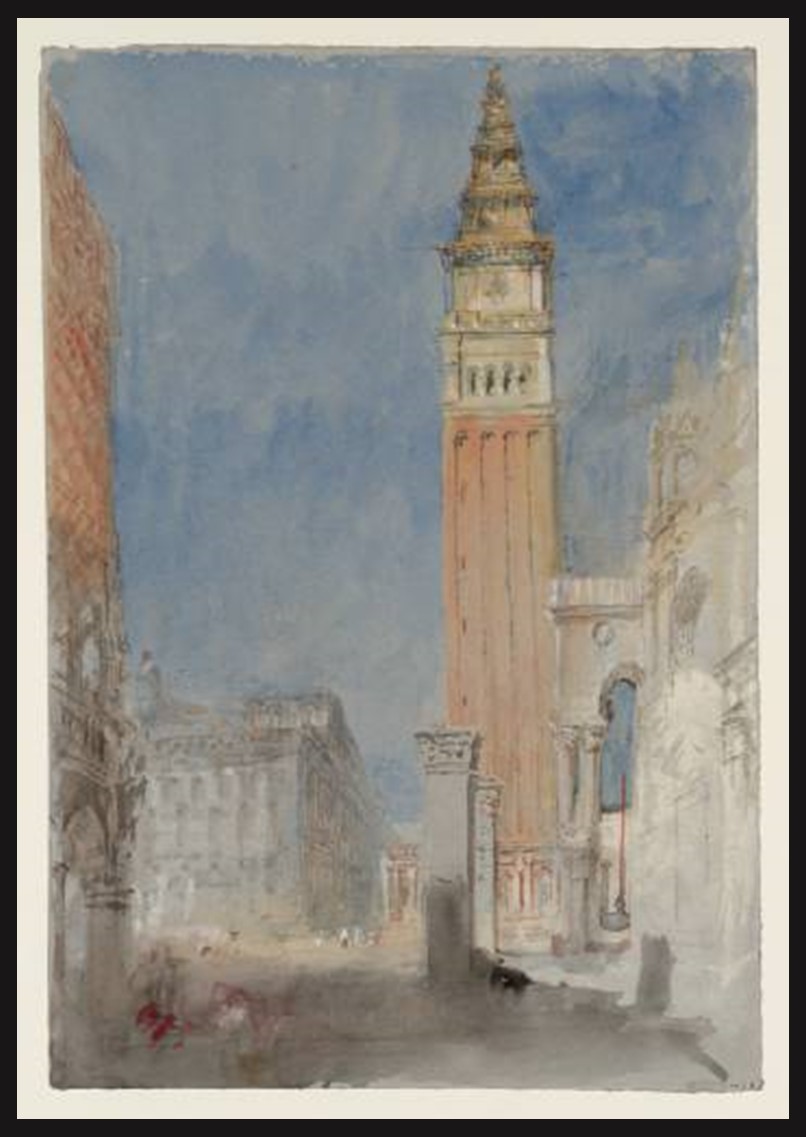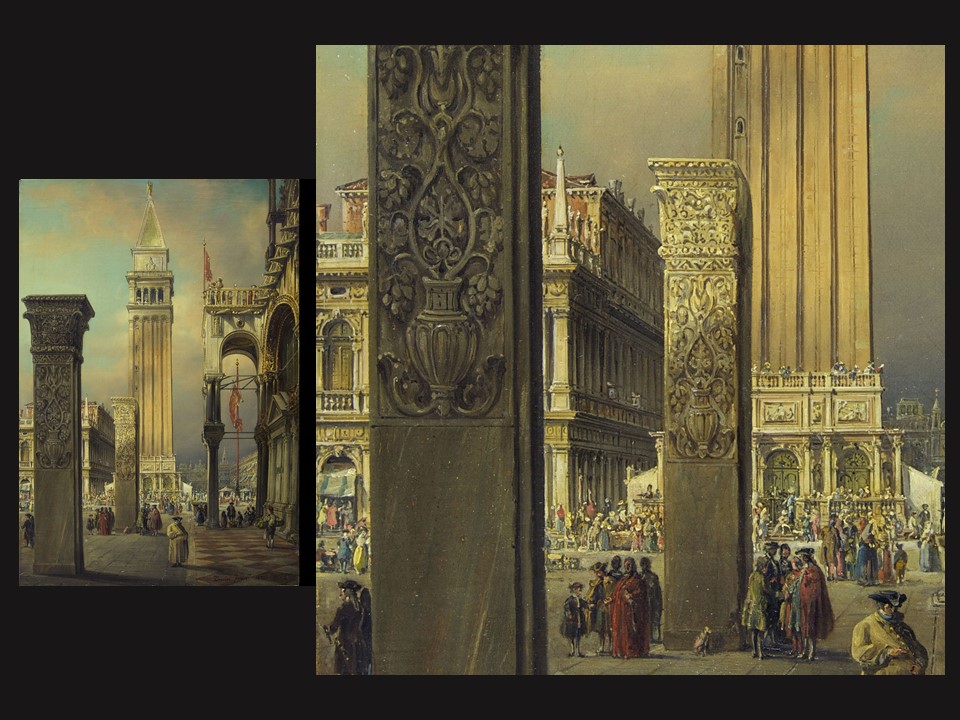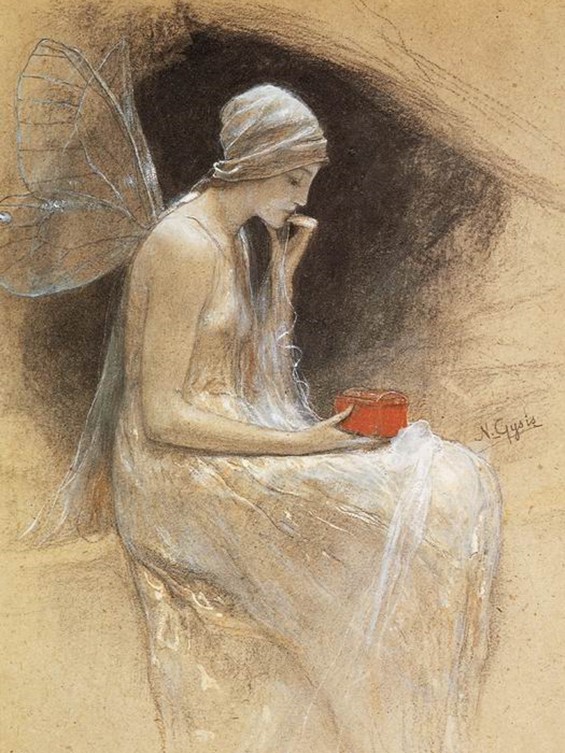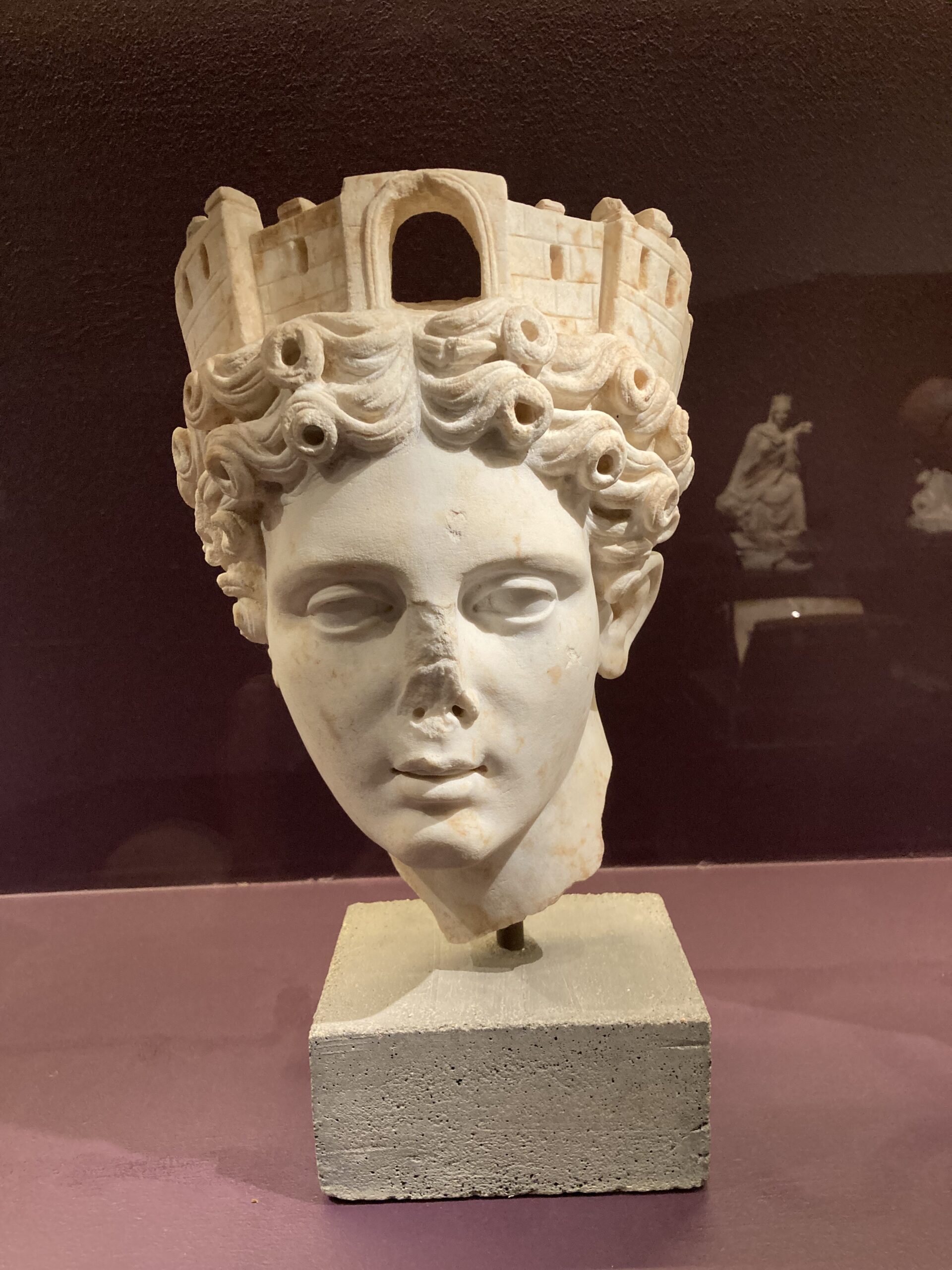
The beautiful Head of Goddess Tyche from Corinth takes us back on a journey to Roman Greece. Displayed as part of the exhibition titled ‘ΝοΗΜΑΤΑ’: Personifications and Allegories from Antiquity to Today at the Acropolis Museum, this Roman masterwork travelled to Athens from the Archaeological Museum of Corinth, offering a unique opportunity to explore the multifaceted world of art and personifications.
The Head of Tyche, as a beloved symbol of fortune and protection for cities, was part of the Exhibition’s 5th Unit of ‘Institutions,’ where personifications and allegories that represent communal—not individual—human activities were presented. These are the activities of organized societies characterized by homogeneity and unity, embodying public, social, political, and civic life. This Exhibition Unit featured not only Tyche but also Themis, Justice, and Injustice, Eunomia (Order), Hybris and Punishment, Nemesis, along with personifications of the City, Demos, Senate, Gerousia, along with various Processions and Ceremonies. Each piece offered a glimpse into the institutions governing human societies, providing context to how the ancients envisioned the forces that shaped their world.
My favourite sculpture of Tyche dates from the 1st century AD and comes from Corinth! Let’s explore the ‘who’, ‘which’, ‘how’, and ‘what’ of this amazing sculpture by posing some questions!
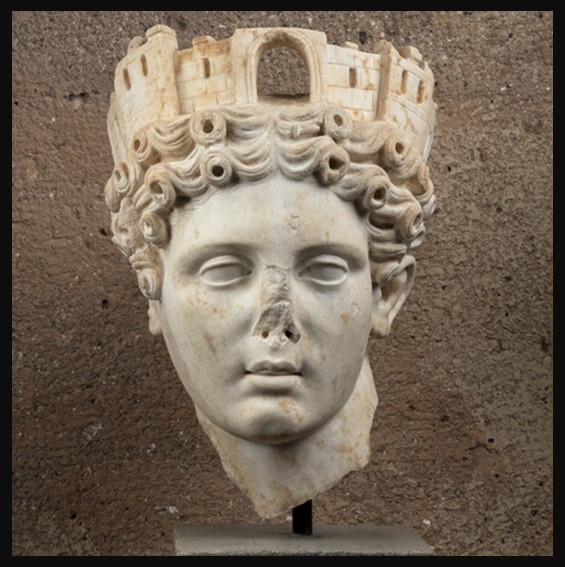
Who is Tyche? Tyche, the daughter of the Titans Tethys and Oceanus was a significant figure in both Greek and Roman mythology, embodying the concept of fortune—both good and bad—and destiny. She was revered as the tutelary deity who governed the fortune and prosperity of a city, its destiny, and the personal fortunes of its inhabitants.
How did the Greeks and the Romans perceive her? For the Greeks, Tyche, the daughter of the Titans Tethys and Oceanus, originally emerged as a relatively minor deity, but her importance grew over time, especially during the Hellenistic period following the conquests of Alexander the Great. In a world where cities could rise and fall quickly due to war, economic change, and political upheaval, Tyche began to be worshipped as a powerful protector of cities and a bringer of fortune. Greek cities would often depict Tyche with symbols of plenty, like a cornucopia, and sometimes featured elements like a mural crown (representing city walls) or a rudder (symbolizing navigation or control over fate). She was also occasionally depicted with a wheel, representing the unpredictability of fortune.
For the Romans, Tyche was assimilated into Roman culture as Fortuna, who became an immensely popular deity in her own right. The Romans expanded on the concept of Tyche/Fortuna, creating various aspects of the goddess to represent different types of luck and fortunes, such as Fortuna Redux (bringing one safely home), Fortuna Augusta (fortune of the emperor), and Fortuna Privata (personal fortune). Temples and shrines to Fortuna were common in Rome and throughout the Roman Empire, reflecting her integral role in both public and private life. Roman depictions of Fortuna included similar symbols as Tyche, with the addition of the wheel and the globe, underscoring her control over the circular nature of fate and the vastness of the empire.
In both cultures, Tyche/Fortuna was more than just a symbol of arbitrary events; she represented the idea that life’s fortunes are beyond human control, yet intimately involved in the everyday workings of both cities and individuals. Her worship indicates a kind of resignation to the unpredictability of life, but also an attempt to appease and gain favour from the forces believed to govern it.
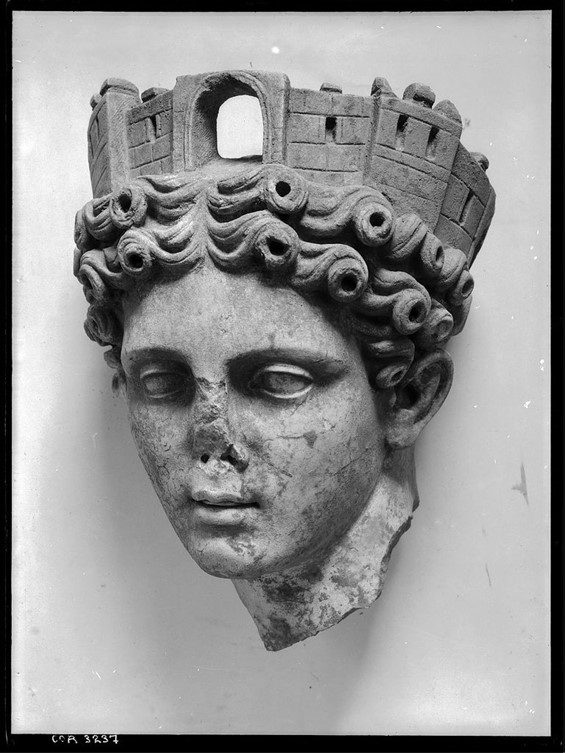
What was the symbolic role of the Heads of Goddess Tyche during the Roman Empire? The Heads of Goddess Tyche, also known as Tyche Heads or City-Goddess Heads, were a common motif in the Roman Empire. These sculptures typically depicted the head of Tyche adorned with various symbols or attributes that represented the city she personified. One of the most distinctive features of these sculptures is the city mural crown, where the city’s walls were depicted as a crown adorning the head of Tyche. This imagery served not only as religious and artistic symbols but also as expressions of civic pride and identity. They reinforced the idea that the fate and prosperity of a city were closely tied to the favour of the gods, particularly Tyche, and they were often placed in prominent locations such as city squares or temples.
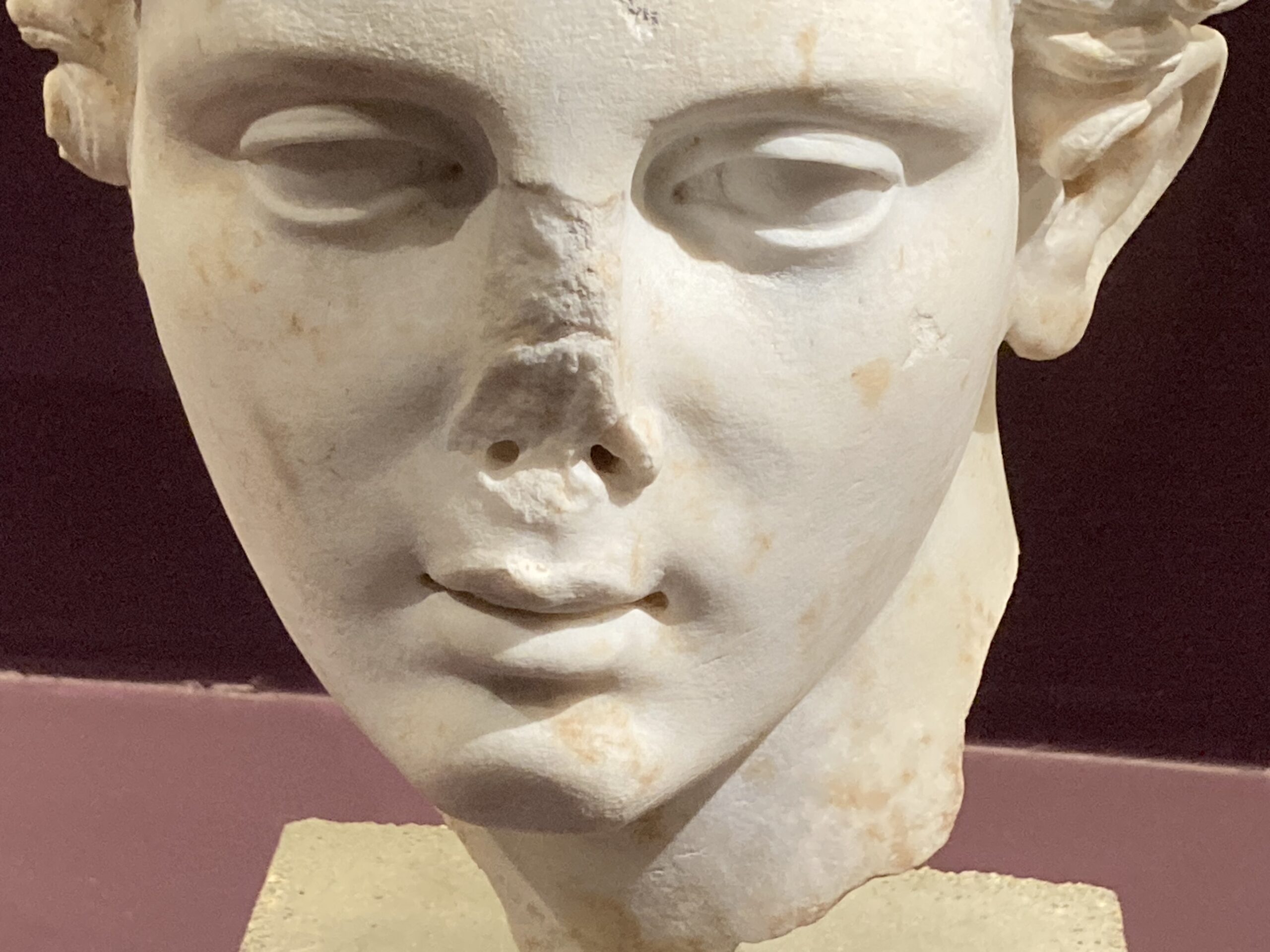
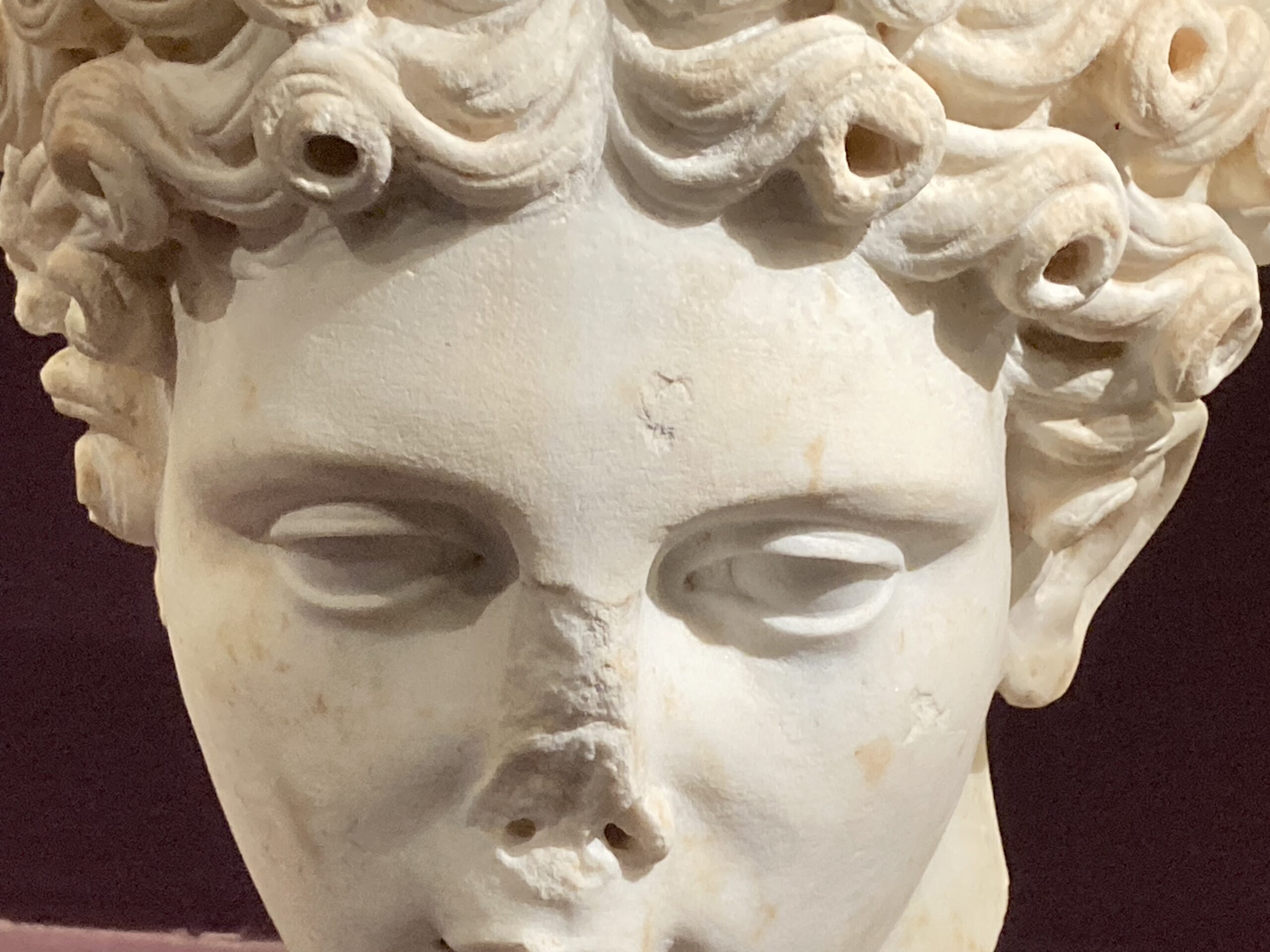
Which is my favourite Head of Goddess Tyche? It is a 1st century AD fine crystalled white marble piece, discovered in Temple E, in ancient Corinth. Some scholars attribute it to Octavia, the sister of Augustus, although modern scholars have offered alternative suggestions.
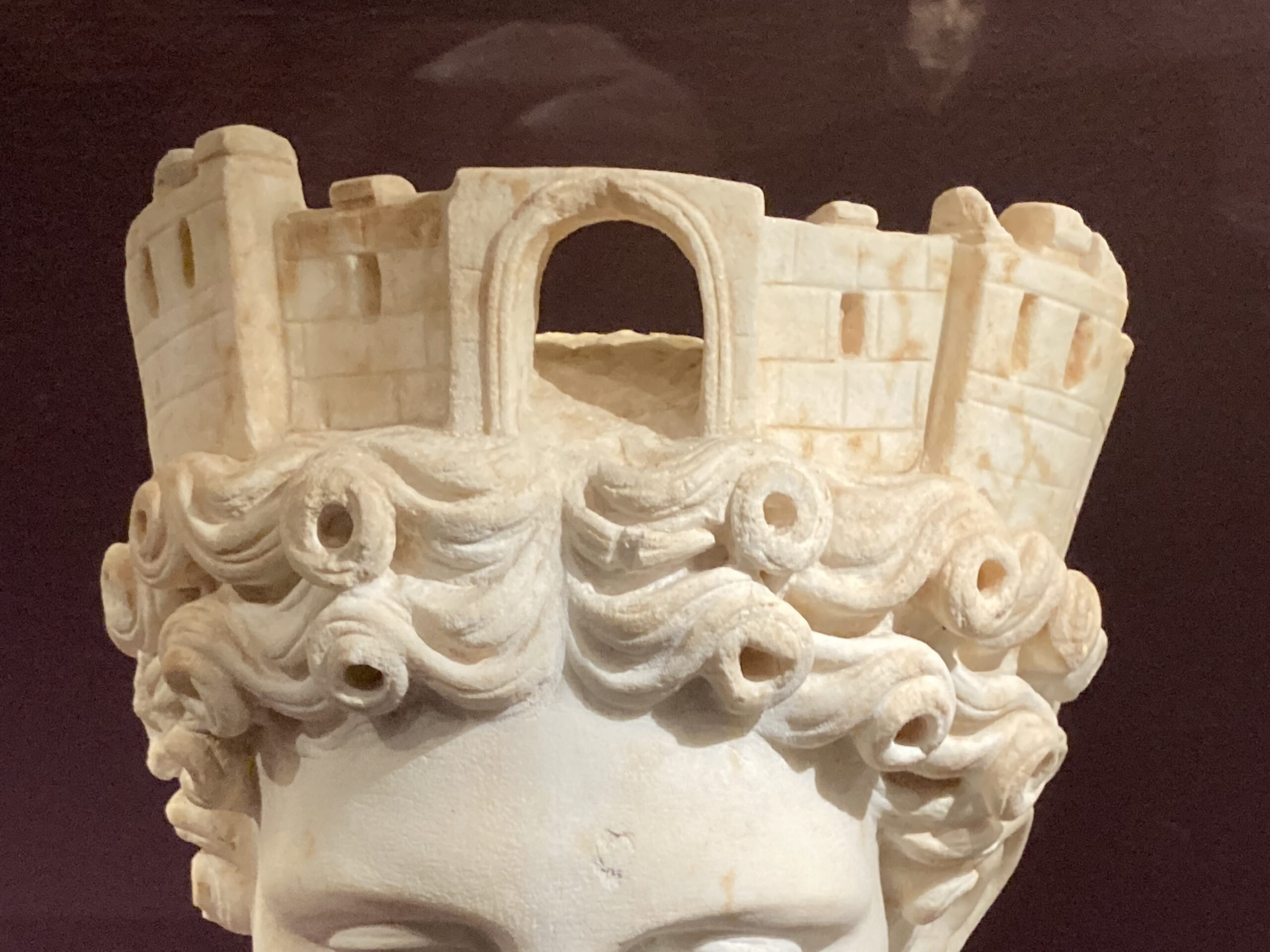
How can this remarkable Head of Tyche be described? This is the striking portrayal, steeped in symbolism and artistry, of an almost life-sized head of an idealized woman. Wearing a mural crown adorned with a central gate, towers, slit windows and meticulously crafted coursed masonry, the woman’s head emanates a regal aura befitting its divine subject. Her hair, meticulously detailed with two rows of tight curls featuring drilled centers, gracefully frames her oval face from the forehead to the back of her ears, with a single lock before each ear and shorter locks behind the left ear sculpted in low relief. The top of her head exhibits intricate craftsmanship, worked with delicate precision. Her countenance, marked by a broad forehead and a narrow chin, is characterized by sharp brow ridges and upper lids, lightly incised irises, and drilled nostrils, evoking a sense of lifelike realism. The slightly open mouth, revealing a tongue, adds a touch of dynamism to the serene visage. Though the face is worked smoothly, it lacks a polished finish, with faint traces of rasping evident on the neck, underscoring the meticulous yet organic nature of its creation. This remarkable artefact not only offers a glimpse into the artistic mastery of ancient Corinthian craftsmen but also invites contemplation of the cultural and religious significance imbued within its form.
For a Student Activity, please… Check HERE!

Bibliography: https://www.theacropolismuseum.gr/en/noemata-exhibition and https://www.jstor.org/stable/147882 and https://www.jstor.org/stable/40514500?read-now=1&seq=2#page_scan_tab_contents The Goddess Tyche by Susan B. Matheson, Yale University Art Gallery Bulletin, An Obsession with Fortune: Tyche in Greek and Roman Art (1994), pp. 18-33 (16 pages)
